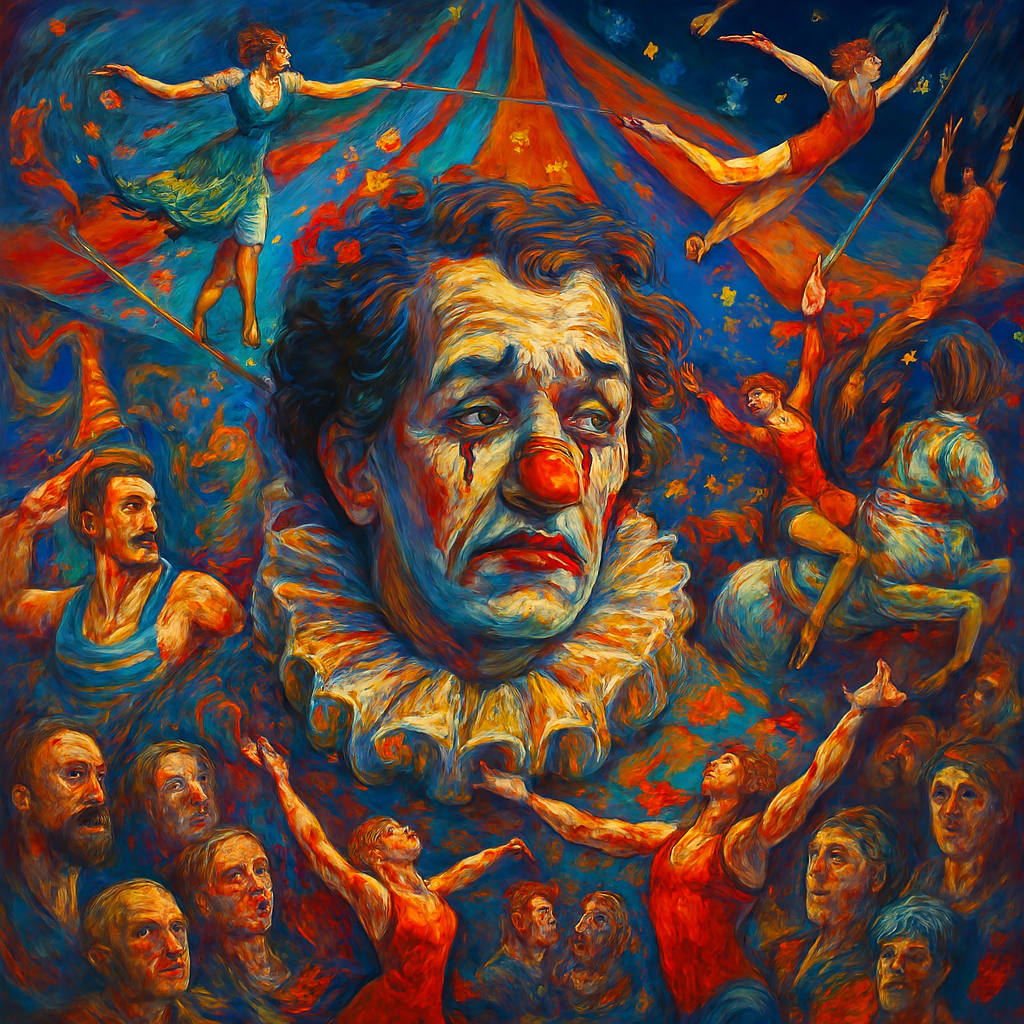
Circus Psychology
Circus Psychology – Understanding The Mind Behind The Circus
The circus has always been more than dazzling acrobatics and colorful costumes. At its core, it is a psychological experience designed to captivate audiences, challenge performers, and reflect cultural values. From its earliest roots in traveling fairs to modern-day productions, circus psychology has shifted dramatically. It once relied on shock, novelty, and spectacle to draw crowds, but today it emphasizes artistry, inclusivity, and emotional resonance. This transformation reveals how human perception, mental resilience, and collective imagination have evolved. Exploring circus psychology allows us to understand not only entertainment but also broader social changes.

Early Foundations Of Circus Psychology – Attraction And Fear
In its earliest forms, the circus relied heavily on primal emotions. Audiences were drawn by curiosity, fear, and fascination with the unknown. Performers often showcased dangerous stunts, exotic animals, and unusual human talents. This reliance on spectacle reflected a psychological need for escape from everyday life. The circus became a place where boundaries of normality were suspended. Fear was balanced with awe, creating a powerful emotional cocktail. The psychology of risk-taking was central, both for performers and spectators. Audiences projected their anxieties onto the acts, finding relief in controlled danger. This foundation shaped the circus as a cultural mirror of human desires.
| Psychological Element | Early Circus Expression | Audience Impact |
|---|---|---|
| Fear | Dangerous stunts | Heightened excitement |
| Curiosity | Exotic animals | Fascination with novelty |
| Awe | Acrobatic feats | Emotional release |
| Escape | Traveling shows | Relief from daily life |
| Risk | High-wire acts | Projection of anxieties |
The Role Of Illusion – Mental Manipulation And Wonder
Illusion has always been central to circus psychology. Performers used tricks, misdirection, and theatricality to manipulate perception. This created a sense of wonder that blurred the line between reality and imagination. Audiences willingly suspended disbelief, entering a shared psychological space. Illusion also reinforced trust between performer and spectator, as both knew the danger was partly staged. The mental manipulation was not deceit but a collaboration in storytelling. Illusion allowed performers to explore themes of control, vulnerability, and resilience. It also highlighted the human brain’s susceptibility to spectacle. Over time, illusion became a refined art form within circus culture.
- Illusion creates shared psychological experiences
- Misdirection manipulates audience perception
- Wonder blurs reality and imagination
- Trust is built between performer and spectator
- Danger is staged yet emotionally real
- Illusion explores control and vulnerability
- Spectacle reveals mental susceptibility
- Storytelling is enhanced through tricks
- Illusion evolves into refined artistry
- Audiences embrace suspension of disbelief
Animal Acts And Shifting Ethics – From Domination To Empathy
Animal performances were once a cornerstone of circus psychology. They symbolized human dominance over nature and provided exotic fascination. However, ethical concerns gradually reshaped this dynamic. Audiences began to question the morality of training and displaying animals. The psychology shifted from awe to empathy, reflecting broader cultural changes. Modern circuses often replace animals with symbolic representations or digital illusions. This transition highlights the growing importance of compassion in entertainment. The circus now mirrors society’s evolving relationship with nature. The psychological impact is no longer about control but about connection. This change demonstrates how values influence collective perception.
| Era | Animal Role | Audience Psychology | Ethical Shift |
|---|---|---|---|
| Traditional | Domination and spectacle | Awe and fear | Minimal concern |
| Transitional | Exotic fascination | Curiosity and empathy | Rising awareness |
| Modern | Symbolic or digital | Connection and compassion | Strong advocacy |
Performer Psychology – Resilience And Identity
Circus performers embody resilience, discipline, and identity. Their psychology is shaped by constant risk and physical demand. Training requires mental toughness and emotional balance. Performers often see themselves as storytellers, not just athletes. Identity within the circus is tied to tradition and innovation. The psychological bond between performers and audiences is profound. Risk-taking becomes a metaphor for human struggle. Performers must manage fear while projecting confidence. Their resilience inspires spectators, creating emotional resonance. Circus psychology here reflects the human capacity for endurance and creativity.
- Performers embody resilience and discipline
- Training demands mental toughness
- Emotional balance is essential
- Identity blends tradition and innovation
- Storytelling defines performance psychology
- Risk-taking symbolizes struggle
- Fear is managed through confidence
- Audience bonds are profound
- Resilience inspires spectators
- Creativity drives transformation
Audience Psychology – From Passive To Participatory
Audiences have always been central to circus psychology. Initially, they were passive observers, absorbing spectacle without interaction. Over time, participation became more important. Modern circuses often invite audience engagement through immersive experiences. This reflects broader cultural shifts toward interactivity. The psychology of spectatorship now emphasizes co-creation. Audiences seek emotional connection rather than mere distraction. Participation enhances memory and impact. The circus becomes a shared ritual rather than a one-way performance. This transformation highlights the evolving role of collective imagination.
| Audience Role | Traditional Circus | Modern Circus |
|---|---|---|
| Passive | Observers only | Limited interaction |
| Active | Rare engagement | Immersive participation |
| Emotional | Awe and fear | Connection and empathy |
| Collective | Shared spectacle | Shared ritual |
Cultural Symbolism – Circus As A Mirror Of Society
The circus has always reflected cultural values. In earlier times, it symbolized conquest, novelty, and spectacle. Today, it emphasizes diversity, inclusivity, and artistry. Circus psychology mirrors societal priorities. Audiences project cultural anxieties and hopes onto performances. The circus becomes a stage for collective identity. Its symbolism evolves with social change. Performers embody cultural archetypes, from heroes to tricksters. The circus thus serves as a living cultural narrative. Its psychology reveals the shifting balance between tradition and progress.
- Circus reflects cultural values
- Early symbolism emphasized conquest
- Modern focus is inclusivity
- Psychology mirrors priorities
- Audiences project anxieties
- Performances embody identity
- Symbolism evolves with society
- Archetypes shape perception
- Circus is cultural narrative
- Balance shifts with progress
Risk And Reward – The Thrill Of Danger
Danger has always been central to circus psychology. High-wire acts, fire performances, and acrobatics embody risk. Audiences experience vicarious thrill through these acts. The psychology of danger is tied to adrenaline and awe. Performers balance fear with mastery. Risk becomes a metaphor for human resilience. Reward lies in survival and triumph. Audiences celebrate courage and skill. Modern circuses often simulate danger through illusion. This reflects changing attitudes toward safety and spectacle.
| Risk Element | Performer Psychology | Audience Impact |
|---|---|---|
| High-wire | Fear management | Adrenaline thrill |
| Fire acts | Mastery of danger | Awe and suspense |
| Acrobatics | Physical resilience | Emotional release |
| Illusion | Simulated risk | Safe excitement |
Globalization And Circus Psychology – Crossing Borders
Circus psychology has been deeply influenced by globalization. As circuses traveled across continents, they absorbed diverse cultural traditions. This exchange reshaped performances, blending local rituals with universal spectacle. Audiences began to see the circus as a global narrative rather than a regional event. Performers adapted their acts to resonate with varied cultural expectations. Globalization also introduced new ethical standards, challenging outdated practices. The psychology of the circus became more inclusive, reflecting multicultural values. Audiences experienced both familiarity and novelty in global performances. This duality enhanced emotional impact and broadened appeal. The circus thus became a universal language of wonder.
| Influence | Impact On Performers | Impact On Audiences |
|---|---|---|
| Cultural Exchange | Blending traditions | Recognition of diversity |
| Ethical Standards | New practices | Heightened awareness |
| Global Reach | Adapted performances | Broader appeal |
| Multicultural Values | Inclusive acts | Emotional resonance |
| Universal Language | Shared artistry | Collective wonder |
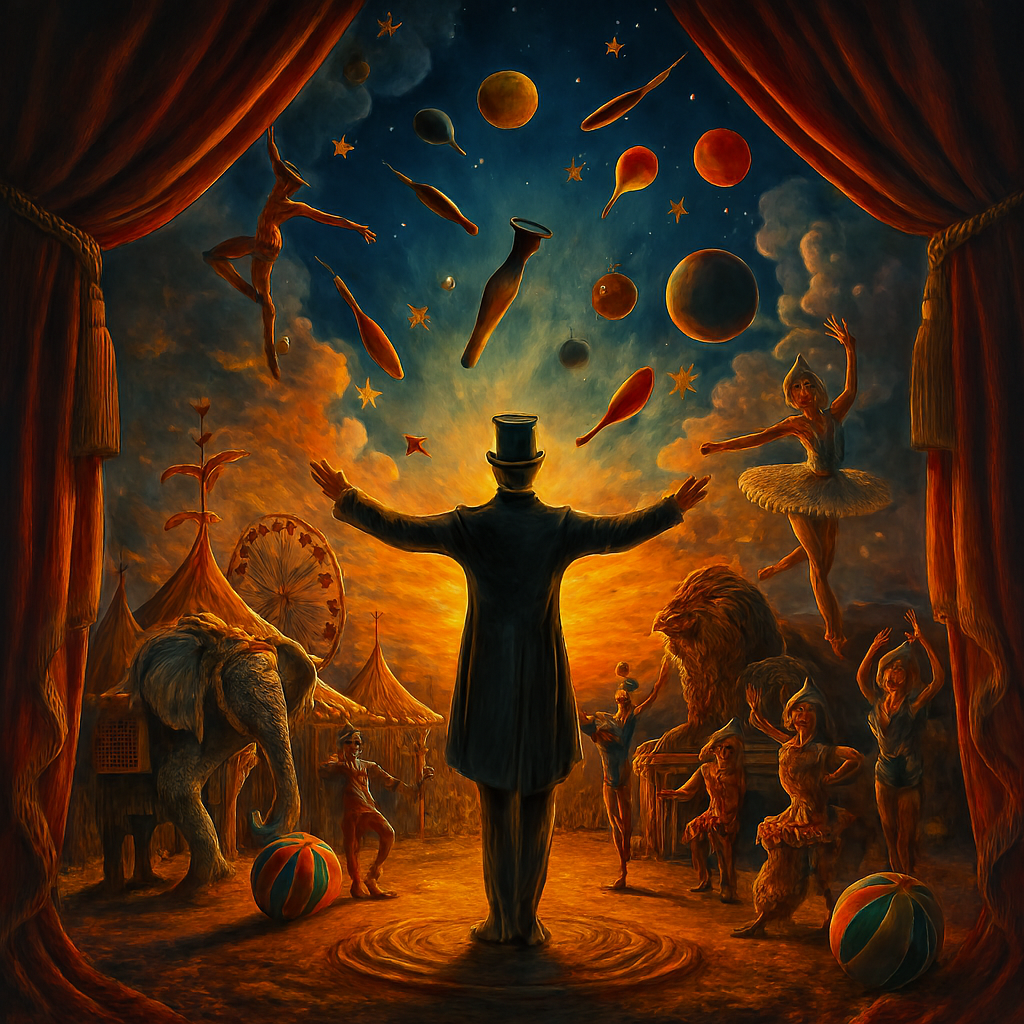
Disability Inclusion In Circus – Expanding Representation
Circus psychology has evolved to embrace disability inclusion. Performers with disabilities challenge traditional notions of ability and resilience. Their presence reshapes audience perception, emphasizing diversity and equity. Inclusion highlights the circus as a space of empowerment. Audiences experience inspiration through authentic representation. This shift reflects broader societal movements toward accessibility. Circus acts now celebrate difference rather than conceal it. The psychology of inclusion fosters empathy and connection. Performers redefine what it means to embody strength and artistry. The circus becomes a stage for equity and shared humanity.
- Disability inclusion challenges traditional notions
- Representation reshapes audience perception
- Diversity emphasizes equity
- Circus becomes empowerment space
- Inspiration arises from authenticity
- Accessibility reflects societal change
- Difference is celebrated openly
- Empathy fosters connection
- Strength is redefined
- Humanity is shared through performance
Digital Transformation – Technology And Circus Psychology
Technology has revolutionized circus psychology. Digital projections, holograms, and augmented reality enhance performances. Audiences experience immersive environments beyond physical limitations. Technology allows performers to expand storytelling possibilities. The psychology of wonder is amplified through digital artistry. Virtual elements replace traditional spectacle, reducing reliance on risk. Audiences engage with hybrid realities, blending imagination and innovation. Technology also democratizes access, allowing global streaming. The circus becomes both physical and digital, reshaping collective experience. This transformation reflects society’s embrace of technological creativity.
| Technology Element | Performer Impact | Audience Impact |
|---|---|---|
| Digital Projection | Expanded storytelling | Immersive environments |
| Holograms | Enhanced artistry | Blended realities |
| Augmented Reality | Reduced reliance on risk | Amplified wonder |
| Streaming | Global reach | Democratized access |
| Hybrid Reality | Innovation in acts | Collective transformation |
Performer Mental Health – Balancing Pressure And Creativity
Circus performers face unique psychological challenges. Constant training and risk-taking create mental strain. Balancing creativity with physical demand requires resilience. Mental health support has become increasingly important. Performers must manage anxiety, fear, and exhaustion. The psychology of performance now includes wellness practices. Audiences value authenticity, making vulnerability part of artistry. Mental health awareness reshapes circus culture. Support systems strengthen performer identity and sustainability. The circus evolves into a healthier, more empathetic environment.
- Performers face psychological strain
- Training creates pressure
- Creativity requires resilience
- Wellness practices are essential
- Anxiety and fear must be managed
- Exhaustion challenges sustainability
- Vulnerability enhances artistry
- Awareness reshapes culture
- Support systems strengthen identity
- Empathy defines modern circus
Ritual Symbolism – Circus As Shared Tradition
Circus psychology is deeply tied to ritual symbolism. Performances often mirror ancient traditions of storytelling and community. Audiences participate in collective rituals of wonder. The circus becomes a symbolic space for renewal. Rituals emphasize continuity between past and present. Performers embody archetypes that resonate across cultures. The psychology of ritual fosters belonging and identity. Audiences experience the circus as more than entertainment. It becomes a shared cultural ceremony. This symbolism strengthens emotional connection and collective memory.
| Ritual Element | Performer Role | Audience Experience |
|---|---|---|
| Storytelling | Embody archetypes | Collective imagination |
| Renewal | Symbolic acts | Emotional continuity |
| Archetypes | Heroes, tricksters | Cultural resonance |
| Ceremony | Shared tradition | Belonging and identity |
| Continuity | Linking past and present | Strengthened memory |
Gender Dynamics In Circus Psychology – Shifting Roles
Gender roles within the circus have transformed significantly. Early circuses often reinforced stereotypes, with women in passive roles. Modern circuses challenge these dynamics, emphasizing equality. Female performers now lead acts of strength and artistry. Gender diversity enriches circus psychology. Audiences experience empowerment through representation. Performers redefine traditional archetypes, breaking barriers. The circus becomes a stage for gender equity. This transformation reflects broader societal progress. Circus psychology now celebrates diversity of identity and expression.
- Early circuses reinforced stereotypes
- Women held passive roles
- Modern circuses emphasize equality
- Female performers lead acts
- Gender diversity enriches psychology
- Empowerment arises through representation
- Archetypes are redefined
- Barriers are broken
- Circus reflects societal progress
- Diversity of identity is celebrated
Economic Psychology – Value And Sustainability
Circus psychology also involves economic perception. Audiences once saw circuses as affordable mass entertainment. Modern productions balance artistry with financial sustainability. Ticket pricing reflects psychological value of experience. Performers adapt acts to meet economic realities. Sponsorship and branding influence circus identity. Audiences perceive value through emotional impact. Economic psychology shapes accessibility and inclusivity. Sustainability requires balancing cost with creativity. The circus evolves as both art and enterprise. This duality reflects broader cultural economics.
| Economic Element | Performer Impact | Audience Impact |
|---|---|---|
| Ticket Pricing | Adapted acts | Value perception |
| Sponsorship | Branding influence | Identity shaping |
| Accessibility | Inclusive practices | Wider reach |
| Sustainability | Balanced creativity | Cultural continuity |
| Enterprise | Economic adaptation | Emotional investment |
Memory And Nostalgia – Circus As Emotional Archive
Circus psychology thrives on memory and nostalgia. Audiences recall childhood experiences of wonder. Nostalgia reinforces emotional connection to tradition. Performers evoke memories through symbolic acts. The circus becomes an archive of collective imagination. Nostalgia strengthens loyalty and cultural continuity. Audiences seek both novelty and familiarity. Performers balance innovation with tradition. The psychology of memory enriches emotional depth. Circus nostalgia ensures enduring relevance across generations.
- Nostalgia reinforces connection
- Childhood memories shape perception
- Symbolic acts evoke tradition
- Circus becomes emotional archive
- Loyalty is strengthened
- Continuity is preserved
- Novelty balances familiarity
- Innovation meets tradition
- Emotional depth is enriched
- Relevance endures across generations

Education And Circus Psychology – Learning Through Performance
Circus psychology extends into education. Performances teach resilience, creativity, and collaboration. Audiences learn through symbolic storytelling. Circus schools emphasize discipline and artistry. Education fosters performer identity and sustainability. Audiences gain insight into human potential. Circus psychology becomes a tool for learning. Performers embody lessons of risk and reward. Education strengthens cultural continuity. The circus thus serves as both entertainment and pedagogy.
| Educational Element | Performer Role | Audience Role |
|---|---|---|
| Discipline | Training rigor | Respect for effort |
| Creativity | Innovative acts | Inspiration |
| Collaboration | Teamwork | Shared learning |
| Resilience | Risk management | Emotional growth |
| Pedagogy | Teaching through performance | Cultural continuity |
Environmental Psychology – Circus And Sustainability
Circus psychology now incorporates environmental awareness. Traditional circuses often ignored ecological impact. Modern productions emphasize sustainability in design and practice. Audiences value eco-conscious performances. Environmental psychology shapes circus identity. Performers adapt acts to reflect ecological themes. The circus becomes a platform for environmental storytelling. Audiences experience connection to nature through symbolic acts. Sustainability enhances cultural relevance. Circus psychology evolves with ecological responsibility.
- Traditional circuses ignored ecology
- Modern productions emphasize sustainability
- Audiences value eco-consciousness
- Environmental psychology shapes identity
- Performers adapt to ecological themes
- Circus becomes environmental platform
- Symbolic acts connect to nature
- Sustainability enhances relevance
- Responsibility defines transformation
- Ecology enriches circus psychology
Final Reflection – Completing The Transformation
Circus psychology has undergone a profound transformation. From fear-driven spectacle to inclusive artistry, it reflects human evolution. Globalization, technology, and ethics reshape its identity. Performers embody resilience, diversity, and creativity. Audiences seek connection, memory, and shared ritual. The circus now serves as cultural pedagogy and ecological platform. Its psychology demonstrates adaptability and continuity. Future circuses will integrate deeper interactivity and sustainability. Yet the essence of wonder remains timeless. The circus continues to inspire, challenge, and unite humanity.
Join The Discussion
How do you connect with circus psychology today. Does nostalgia or innovation resonate more with you.
#CircusPsychology #Globalization #DisabilityInclusion #DigitalTransformation #MentalHealth #RitualSymbolism #GenderEquity #EconomicSustainability #Nostalgia #EnvironmentalResponsibility #CollectiveImagination #ModernCircus #Transformation #SharedHumanity
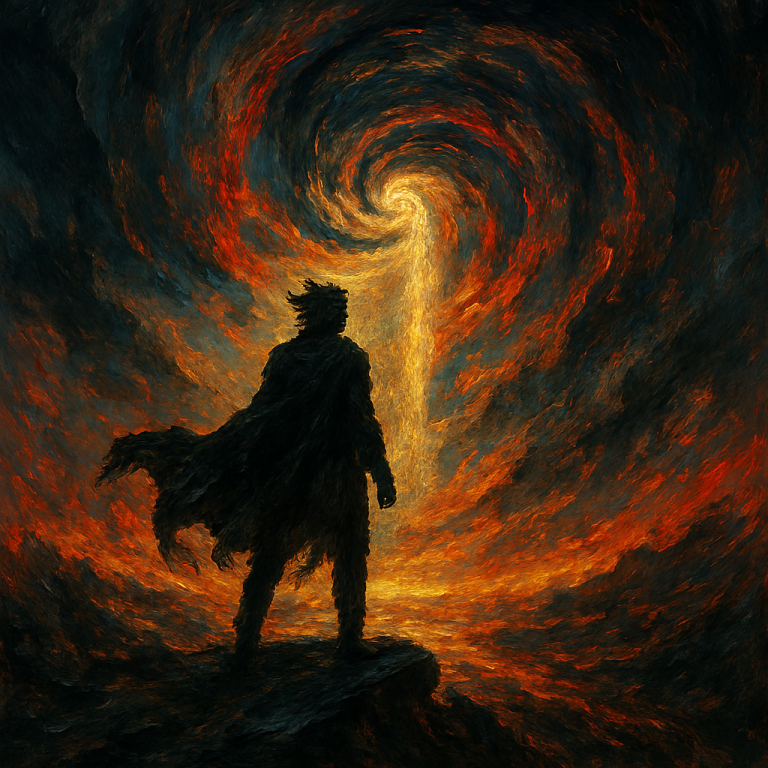

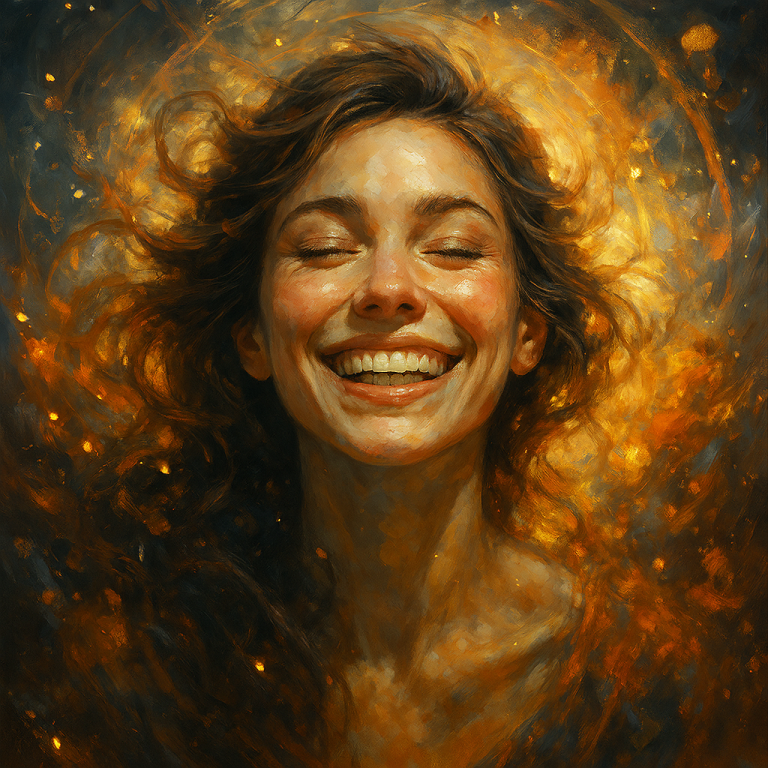


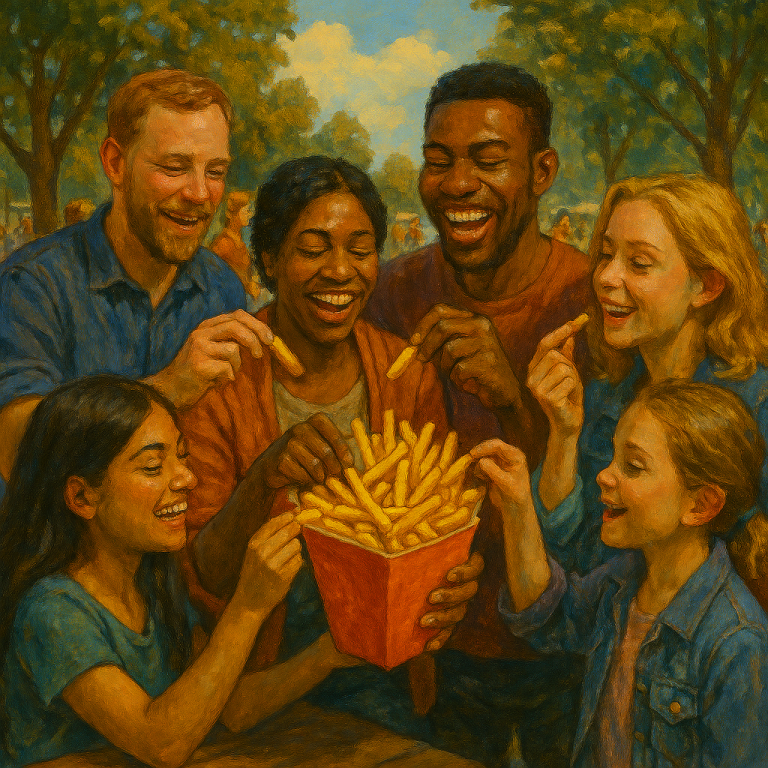
1 thought on “Fascinating Evolution Of Circus Psychology And Transformation”